Places to visit in Hampi
Nestled on the banks of the Tungabhadra River in Karnataka, is a mesmerizing blend of history, architecture, and natural beauty. Once the capital of the mighty Vijayanagara Empire, this UNESCO World Heritage Site is dotted with grand temples, royal enclosures, and iconic stone monuments. The surreal boulder-strewn landscape adds a unique charm, making it a paradise for history lovers, photographers, and spiritual seekers alike.
Wiki Link : Places to visit in Hampi
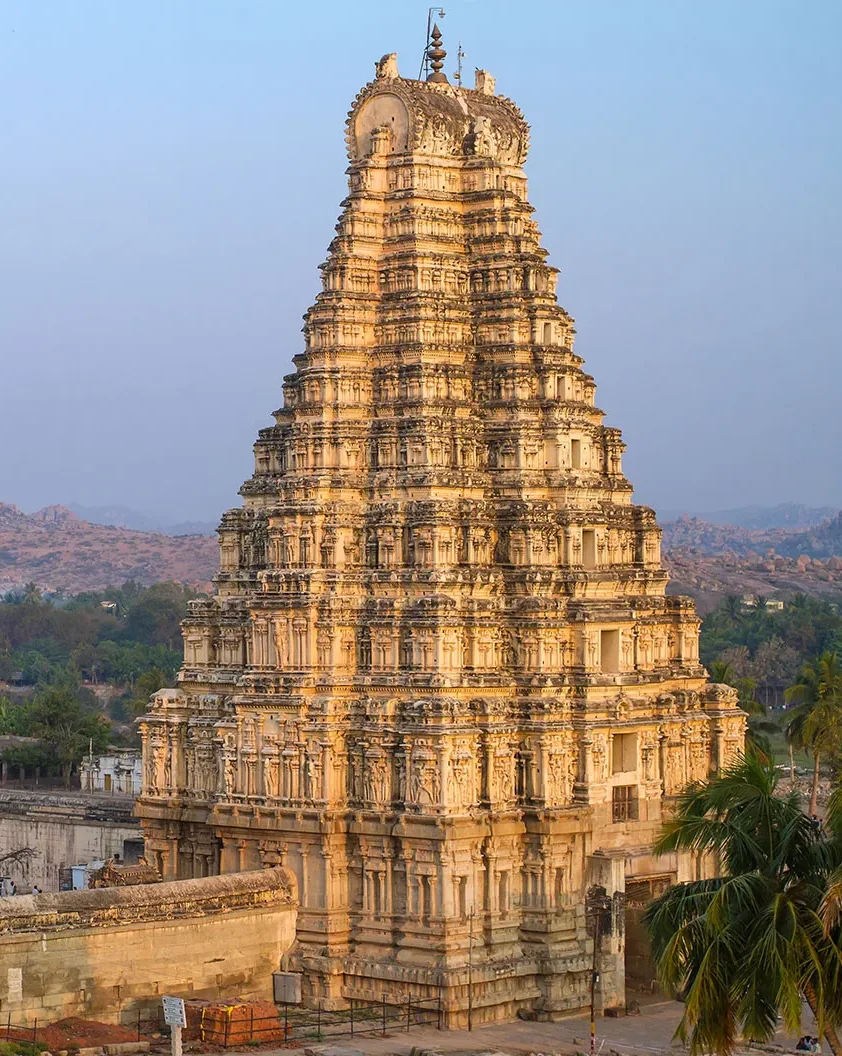
Virupaksha Temple
This ancient temple is the spiritual core of Hampi and one of the oldest functioning temples in India. Dedicated to Lord Shiva (Virupaksha), it has been a place of worship since the 7th century. The towering gopuram (entrance tower) rises over 50 meters and is visible across the ruins of Hampi. Intricate carvings, sacred shrines, and a resident elephant make the visit culturally immersive.
The temple remains active and vibrant, especially during festivals like the annual chariot procession. Its sanctity and architectural beauty draw pilgrims and travelers alike.
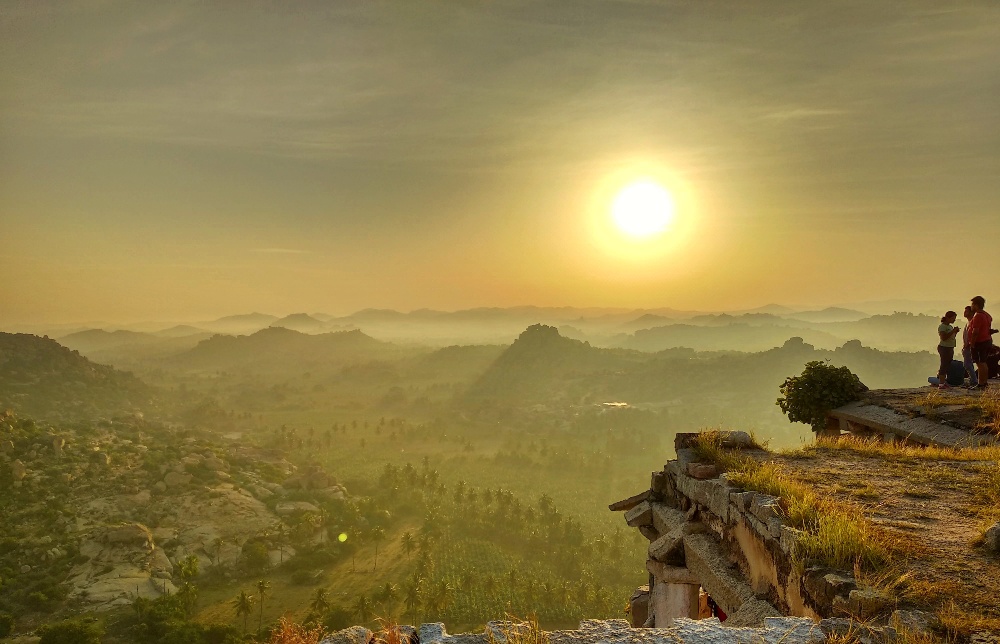
Hemakuta Hill Temples
A peaceful hill with early stone temples and panoramic views. It’s a great spot to watch sunrises and sunsets.
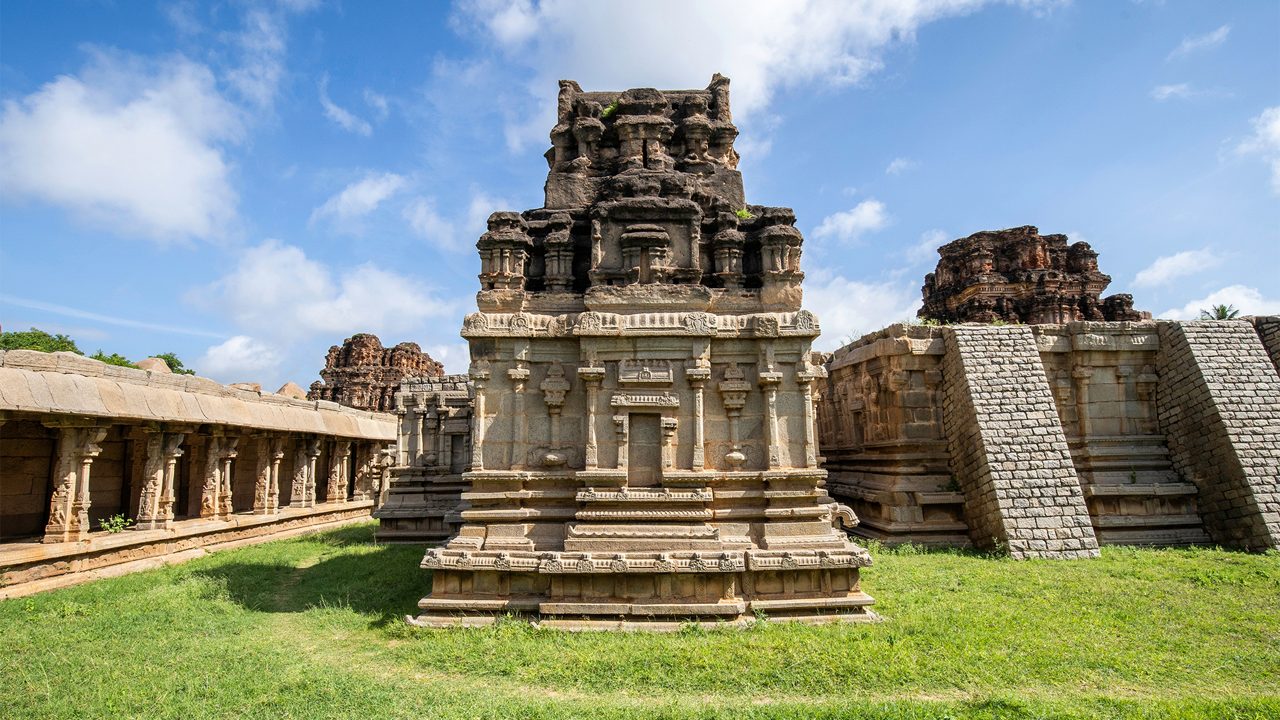
Achyutaraya Temple
A large temple complex with a deserted market street leading to it. It reflects the late Vijayanagara style and grandeur.
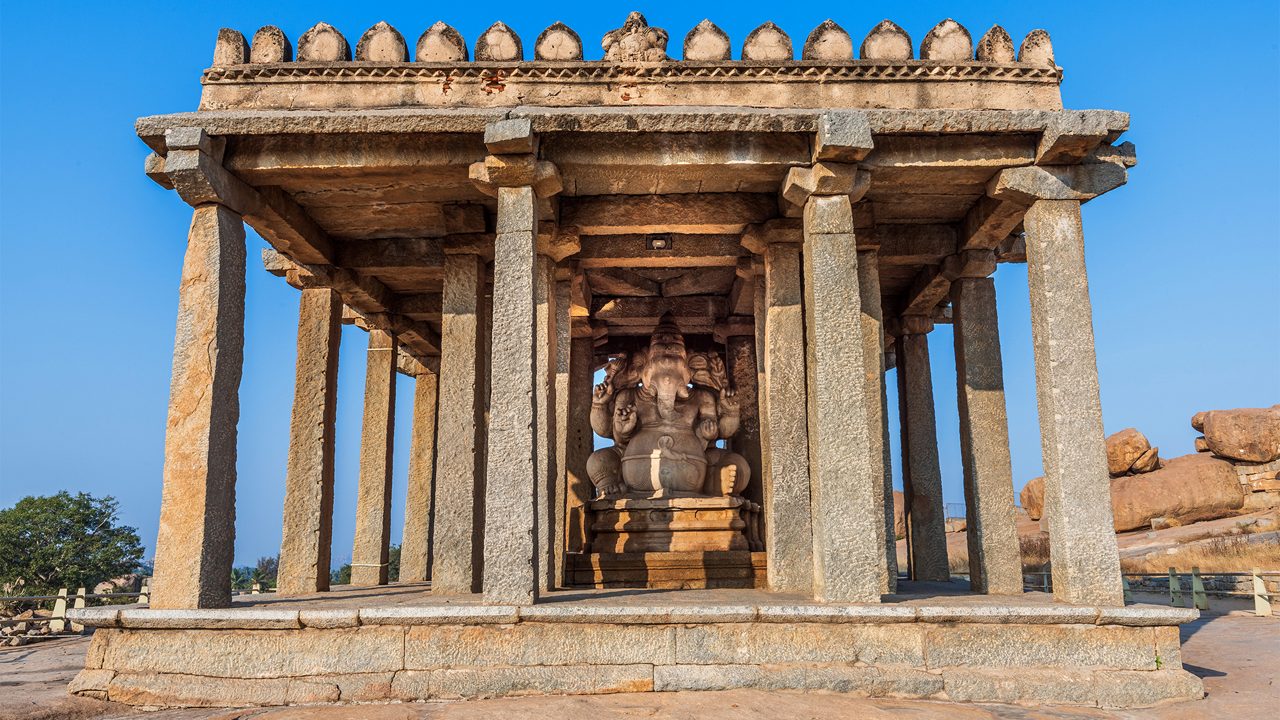
Sasivekalu Ganesha
This 8-foot monolith depicts Lord Ganesha seated with a belly shaped like a mustard seed. It’s carved from a single stone.
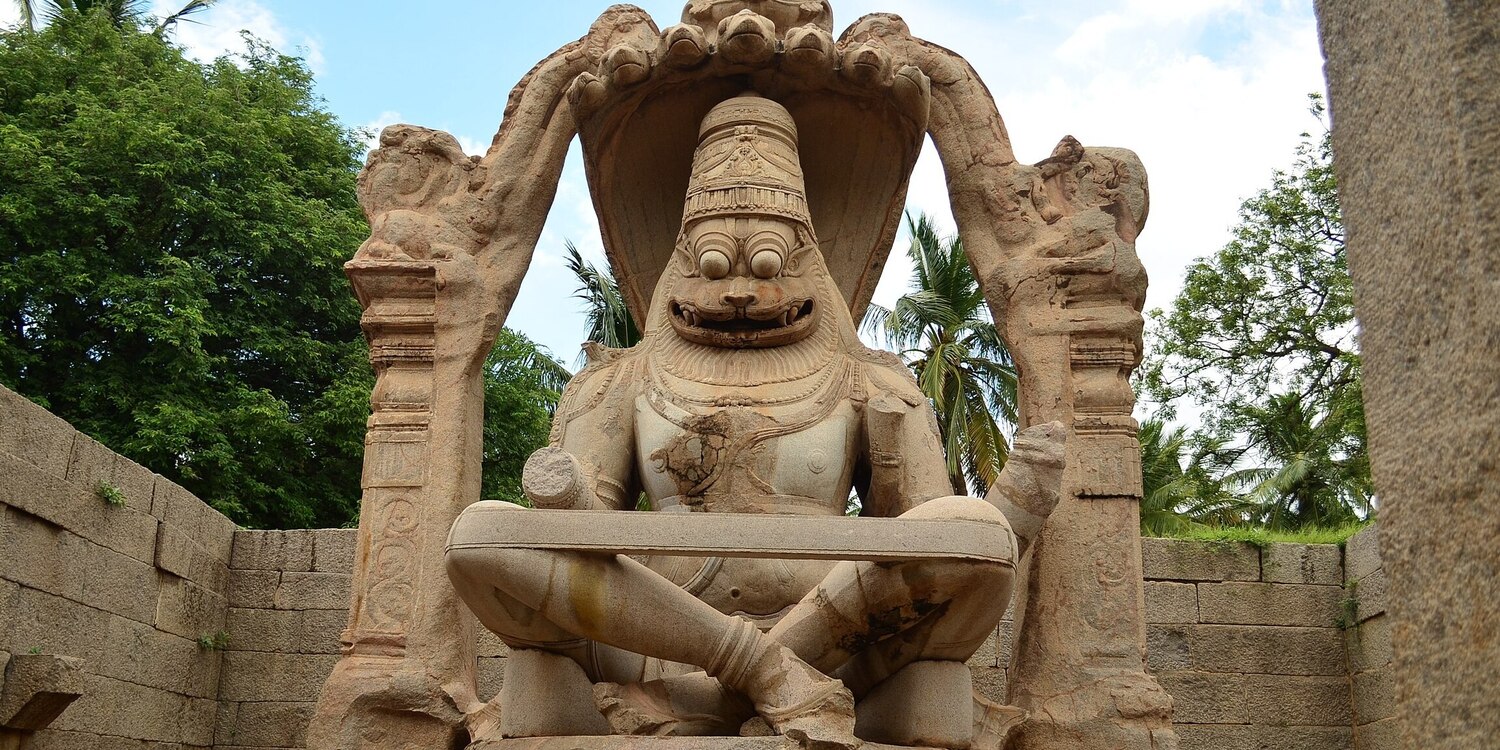
Lakshmi Narasimha Statue
The largest monolithic statue in Hampi shows Vishnu’s Narasimha form. It was once accompanied by a figure of Lakshmi.
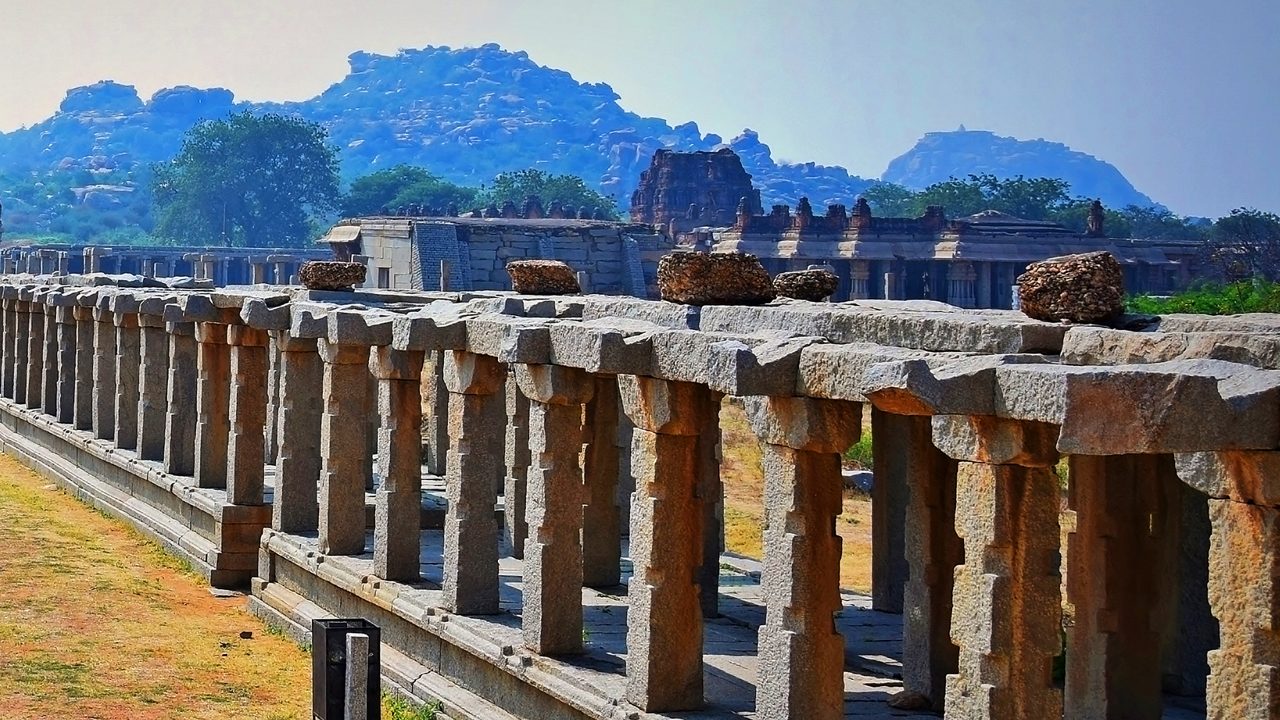
Hampi Bazaar
Located right opposite Virupaksha Temple, Hampi Bazaar once thrived as a bustling marketplace during the Vijayanagara Empire. Today, the long stone colonnades that line the path evoke a sense of historical grandeur. Modern-day vendors sell souvenirs, handicrafts, clothes, and local snacks in the shadow of ancient ruins. It’s not just a shopping area but a cultural experience in itself.
The path eventually leads to the Matanga Hill trail, making it a natural extension of your sightseeing. Evenings here are lively with both tourists and locals interacting in a relaxed setting.
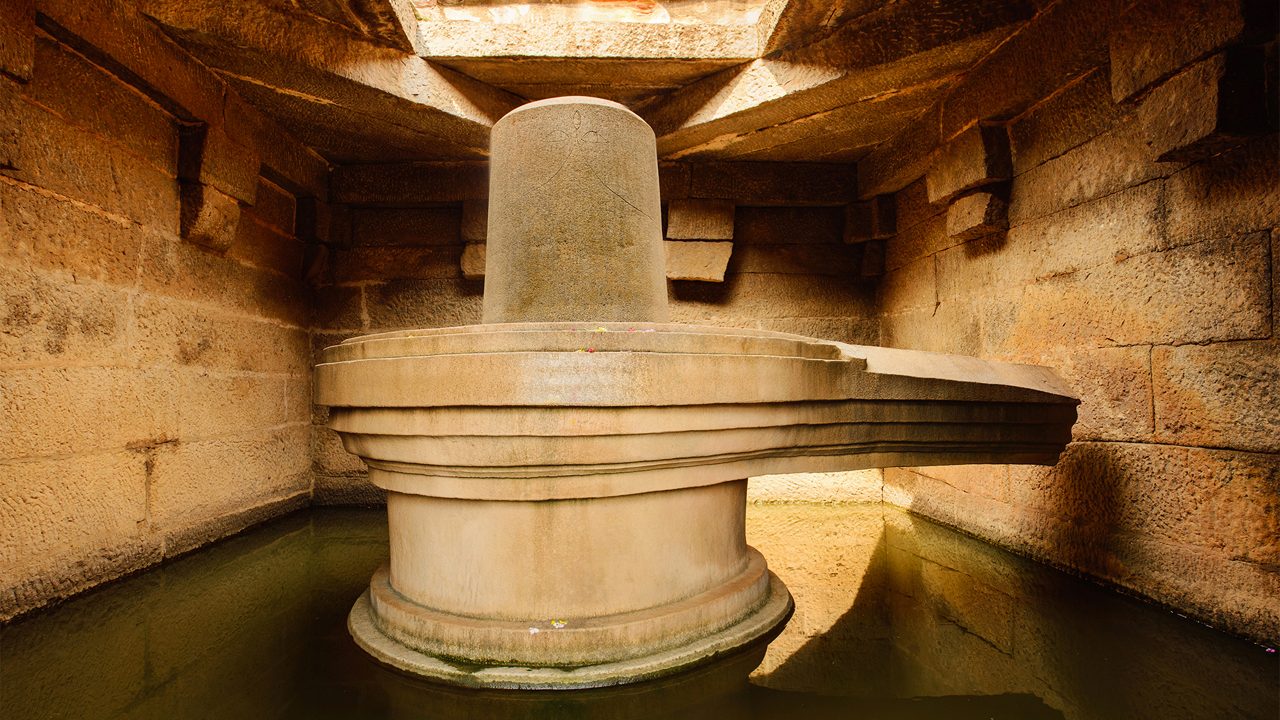
Badavilinga Temple
Houses a towering Shiva Lingam, always surrounded by water. It is said to be built by a poor woman (badava).
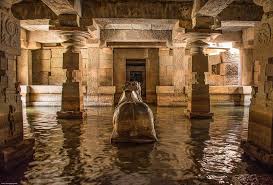
Underground Shiva Temple
Built below ground level, it often floods during the monsoon. Its eerie setting adds mystery to its spiritual aura.
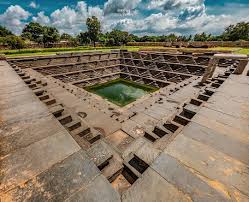
Pushkarani
An intricately designed water tank used in rituals. Its symmetry and stone design make it a visual delight.
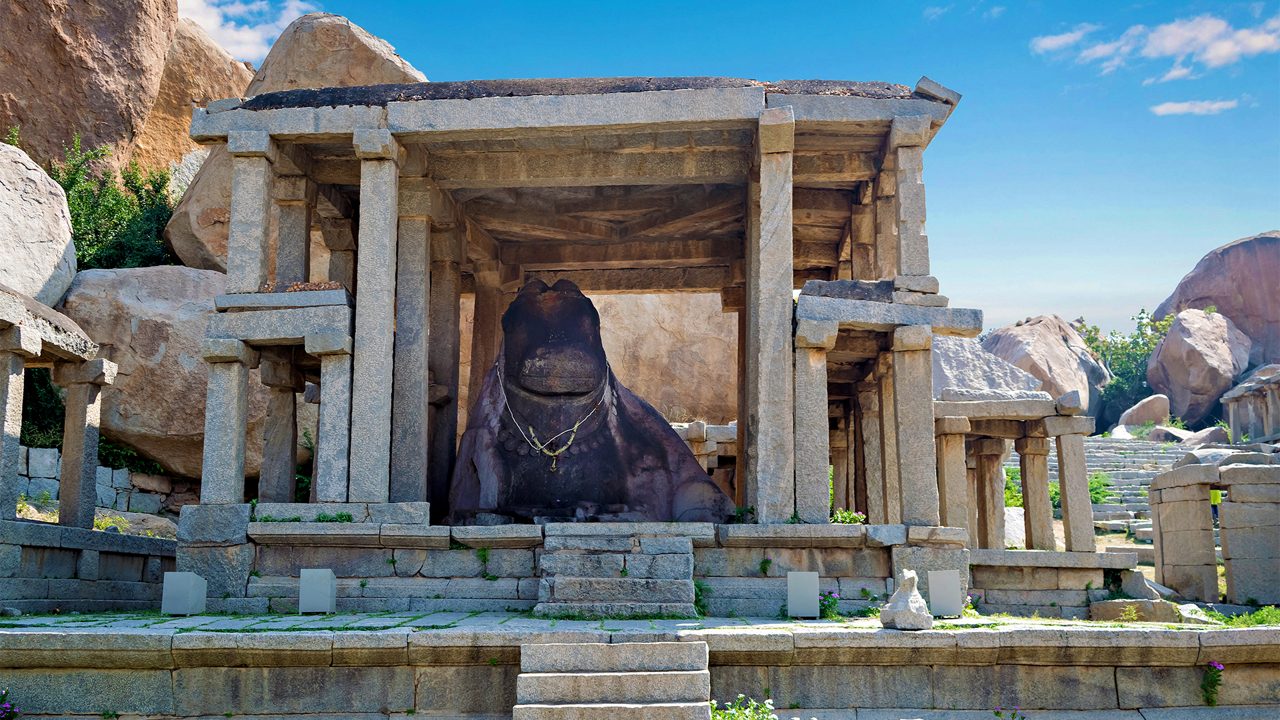
Nandi Statue
This stone bull faces the Virupaksha Temple, symbolizing Lord Shiva’s mount. It’s massive and impressively carved.
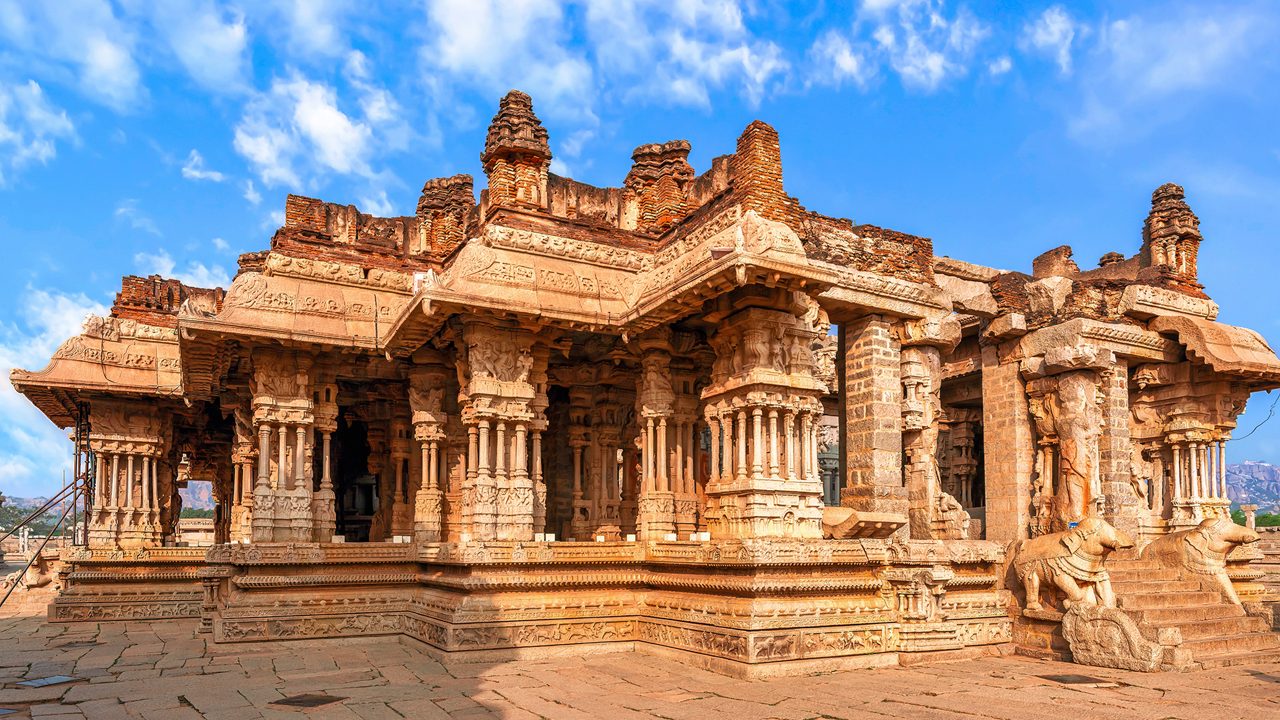
Vittala Temple Complex
Arguably the most iconic structure in Hampi, this 16th-century temple complex is known for its stunning architecture and musical pillars. The highlight is the Stone Chariot, often used as a symbol for Karnataka tourism. The temple is dedicated to Lord Vittala, a form of Vishnu. Pillars in the main hall emit musical tones when tapped—though touching is now restricted to preserve the structure.
The carvings and layout reflect the peak of Vijayanagara artistry. Its large courtyard, mandapas, and open-air design make it ideal for slow exploration. It’s a must-see and best visited in the early morning or evening for soft lighting.
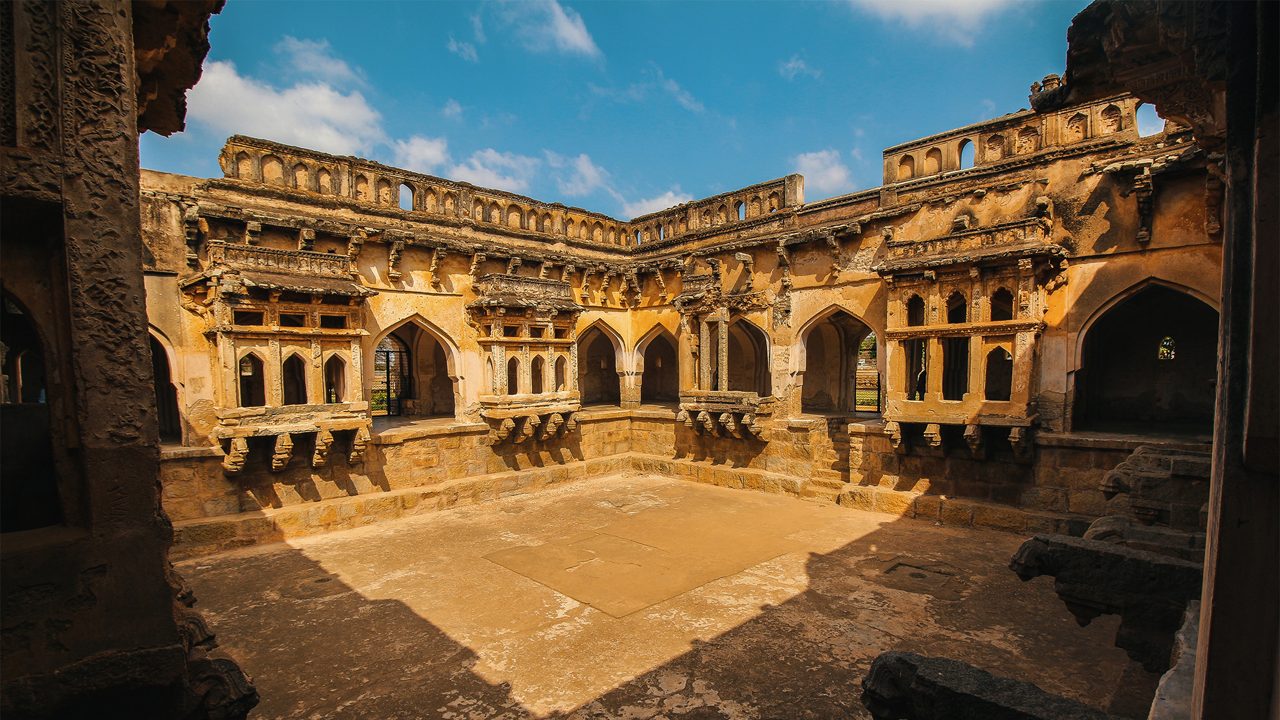
Queen’s Bath
A square pool surrounded by arched balconies, used by royal women. It combines Hindu aesthetics with Islamic arches.
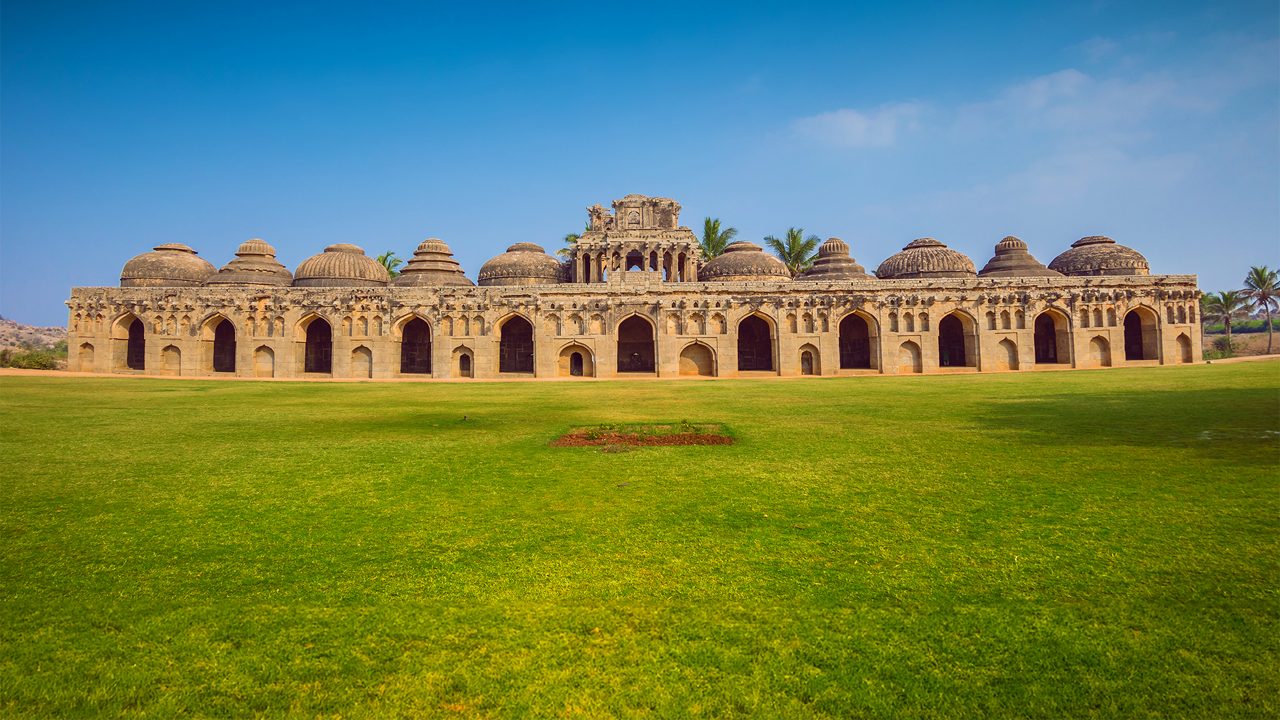
Elephant Stables
The majestic domed chambers housed royal elephants. The symmetrical layout and Indo-Islamic style reflect city’s grandeur.
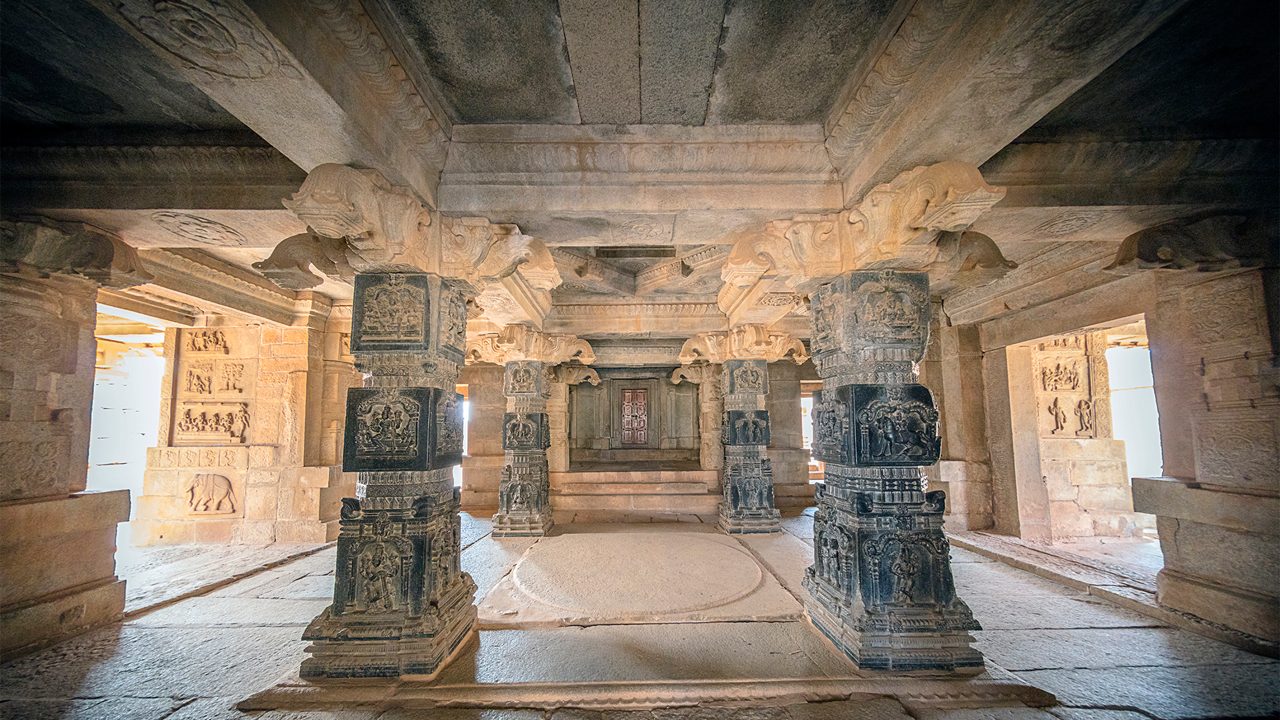
Hazara Rama Temple
Dedicated to Lord Rama, its walls narrate scenes from the Ramayana. It was the private temple for the royal family.
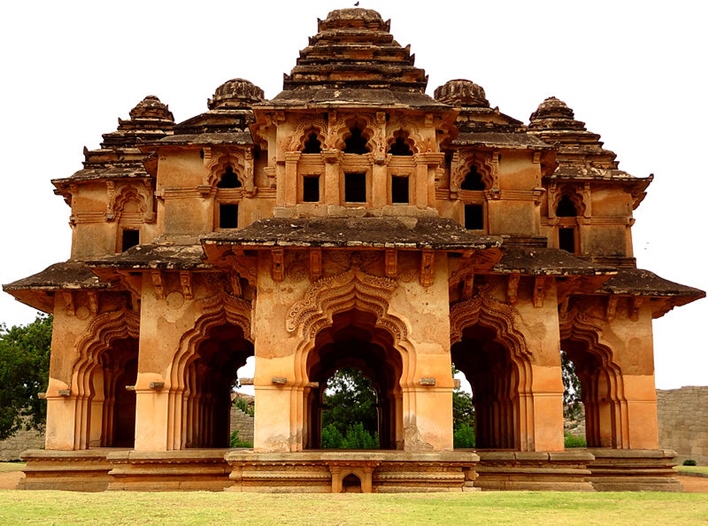
Lotus Mahal
Located inside the Zenana Enclosure, the Lotus Mahal is a striking blend of Indo-Islamic architecture. Its name comes from the lotus-like shape of its domes and arches. Believed to have been used by royal women for relaxation and informal meetings, it’s one of the few structures in Hampi that wasn’t heavily damaged during the invasion.
The layout is symmetric, with lotus petals etched along the arches, giving it a graceful and delicate look. Its cool interiors and graceful corridors make it a photogenic and peaceful spot. It stands as a symbol of royal elegance and architectural innovation.
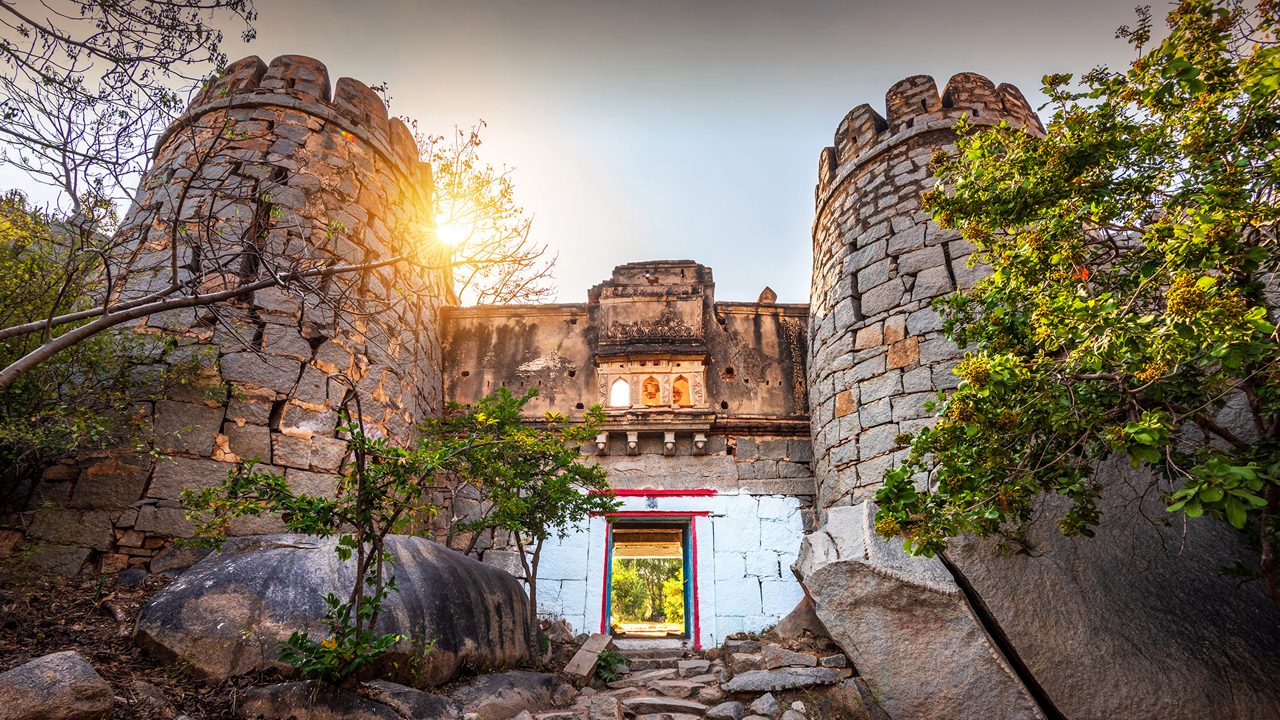
Anegundi Village
Anegundi is believed to be even older than Hampi and was once the capital of the Vijayanagara Empire before Hampi took over. Nestled on the northern banks of the Tungabhadra River, the village retains a rustic, timeless charm. Its narrow lanes, mud houses, and age-old temples give a glimpse into rural Karnataka’s living heritage. You can also explore prehistoric rock art and visit the sacred Navabrindavan Island nearby.
The village has mythological ties to Kishkindha from the Ramayana. Local women’s co-ops and banana farms add to its cultural fabric. It’s a perfect place to slow down and connect with Hampi’s roots.

Hospet
The nearest town to Hampi, ideal for staying and dining. Also offers easy access to the dam and transport.
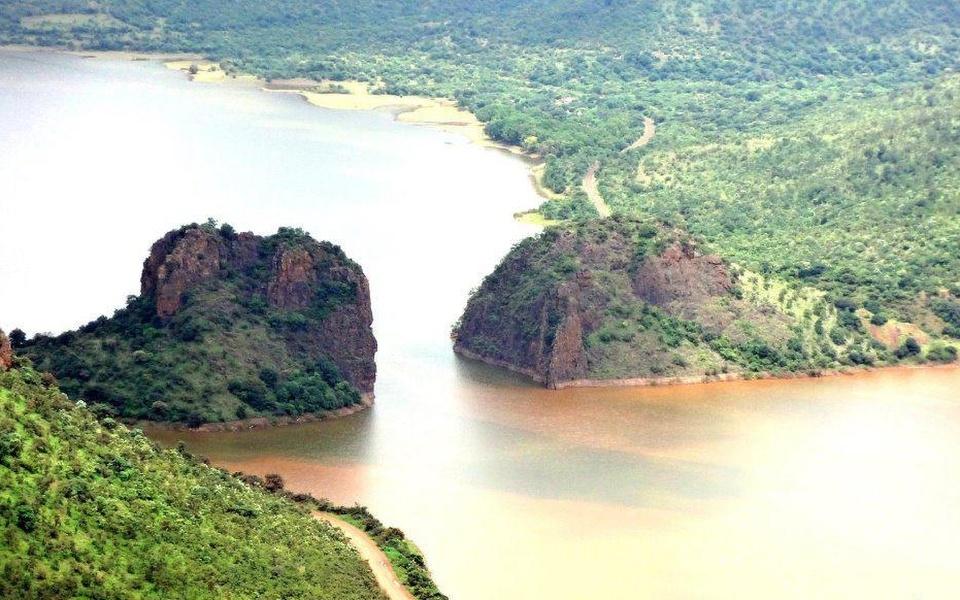
Sandur Valley
Lush and less explored, this valley is known for natural beauty and mining history. Best visited in cooler months.
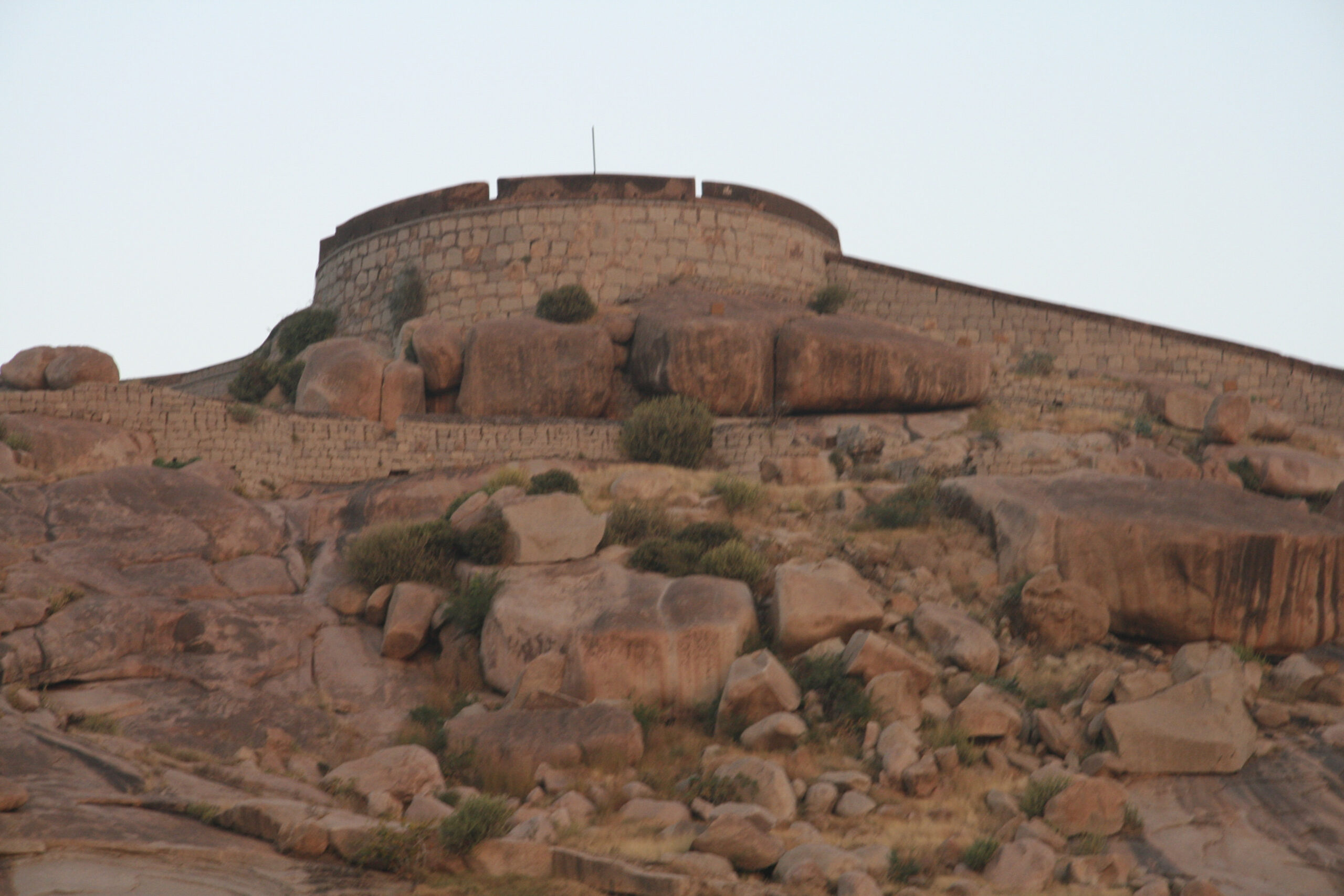
Ballari Fort
Built by Hanumappa Nayaka, it offers sweeping views from a height. It’s around 60 km from Hampi.
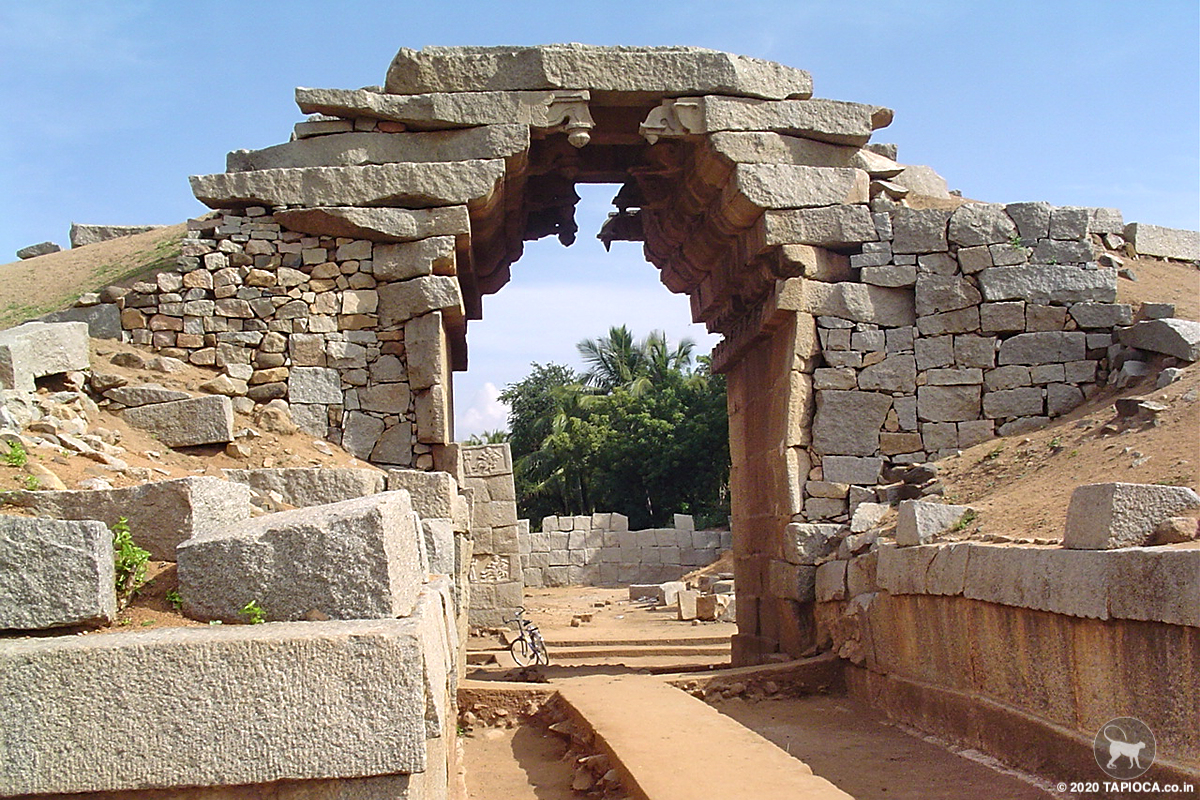
Bhima’s Gate
Another impressive gateway named after Bhima of Mahabharata. Features carvings of war scenes and deities.

Sanapur Lake
Located just a few kilometers from Hampi, Sanapur Lake is a serene reservoir formed by the Tungabhadra Dam backwaters. Surrounded by massive granite boulders and lush greenery, the lake is a peaceful escape from touristy areas. It’s an ideal spot for coracle rides, swimming (with caution), and photography.
Unlike more crowded places, it retains an untouched, tranquil charm. The reflections during golden hours are mesmerizing. Locals often come here to relax or fish by the banks. It’s especially popular among backpackers for sunset views and picnics.
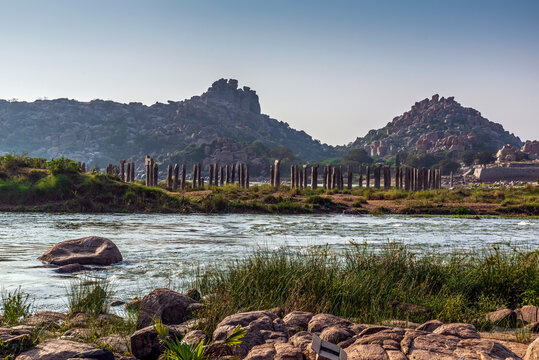
Tungabhadra Dam
The dam creates a vast reservoir and is flanked by well-maintained gardens, ideal for evening strolls and family outings.
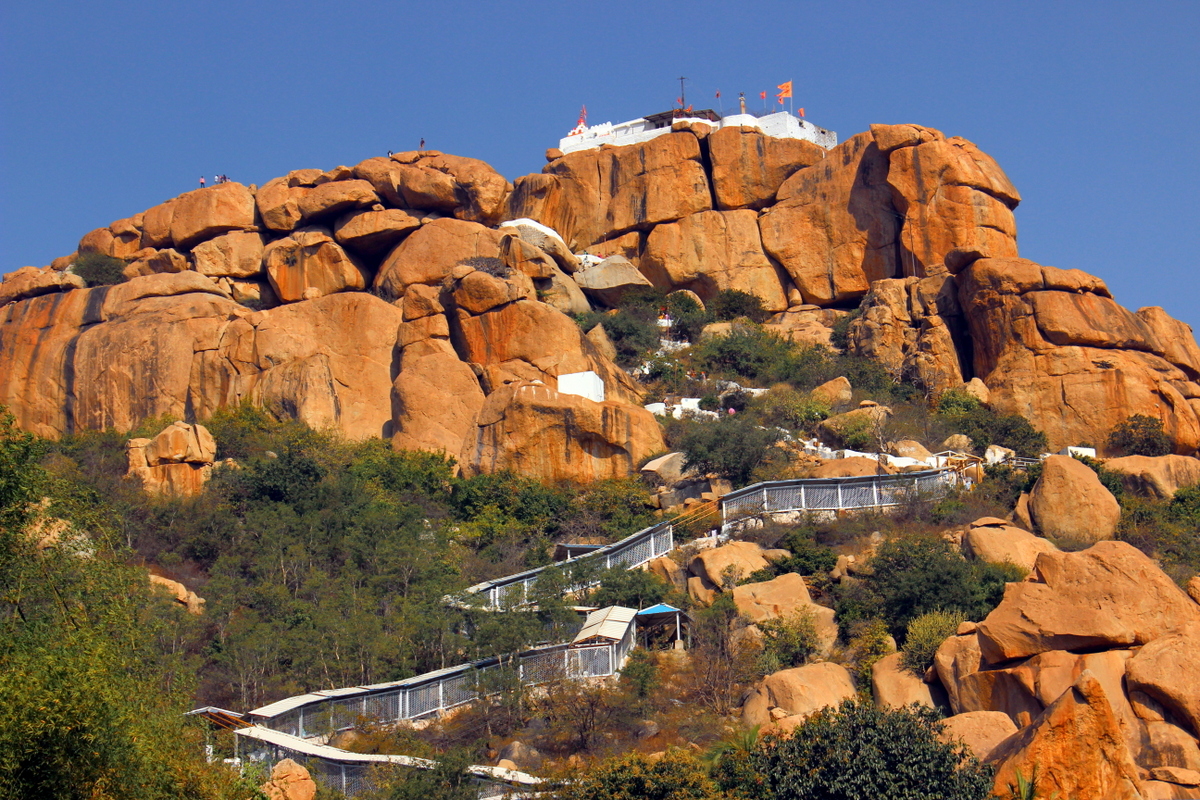
Anjanadri Hill
Believed to be Hanuman’s birthplace, it offers sweeping views. The hilltop temple is accessed via steep steps.
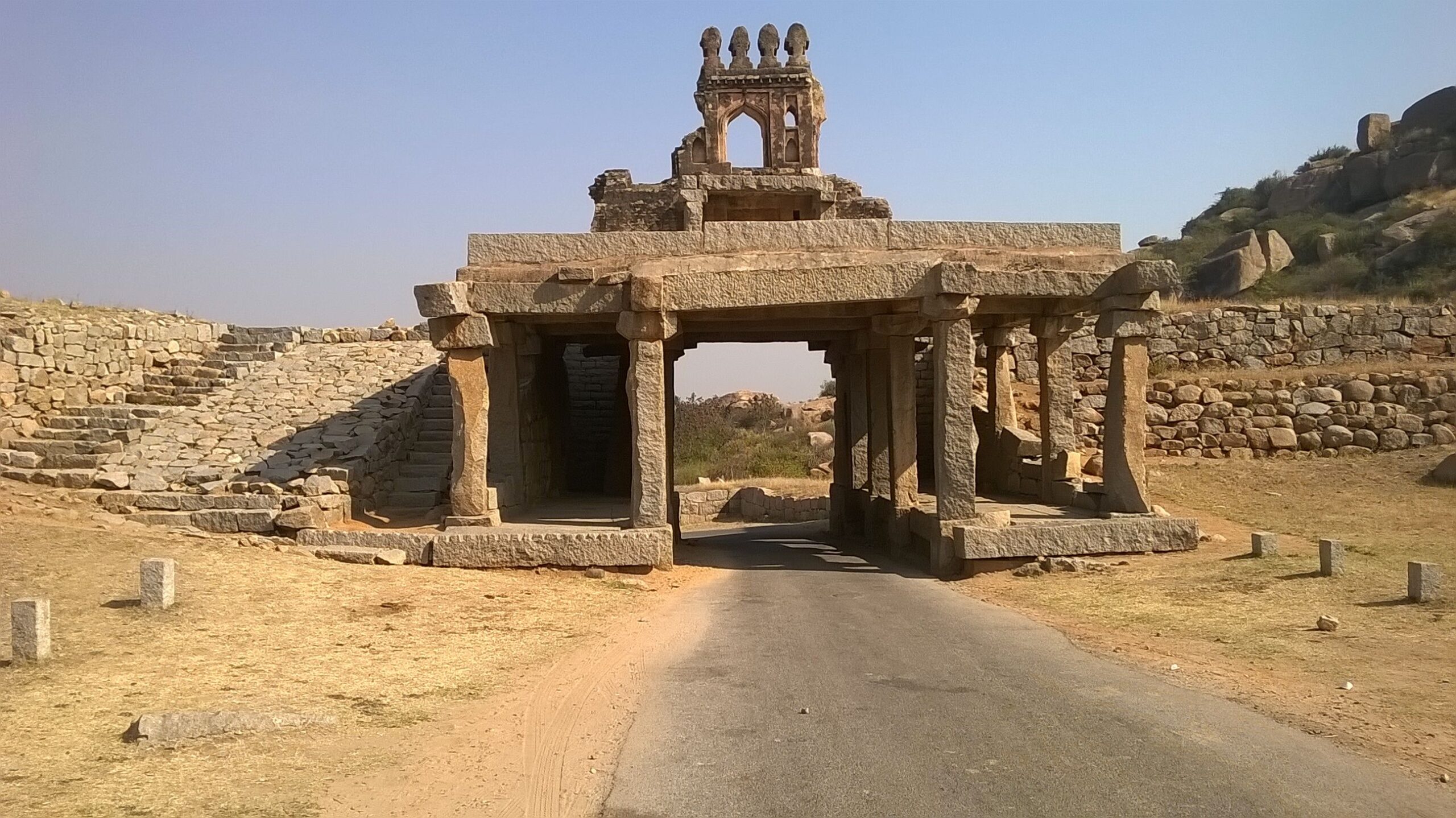
Talarigatta Gate
This gateway was a fortified entrance to ancient Hampi. It’s now a photogenic ruin that speaks of past grandeur.

Daroji Bear Sanctuary
About 15 km from Hampi, this is India’s first sloth bear sanctuary. Spread across rocky terrain and shrub forest, the sanctuary provides a safe haven for these shy, nocturnal creatures. With a bit of luck and patience, visitors can spot bears in their natural habitat, especially in the early morning or late afternoon. The sanctuary also shelters peacocks, hyenas, leopards, and many bird species.
Observation towers offer a safe and elevated view of the landscape. It’s an exciting addition to a heritage trip, blending wildlife with history. The sanctuary promotes eco-tourism and conservation awareness.
